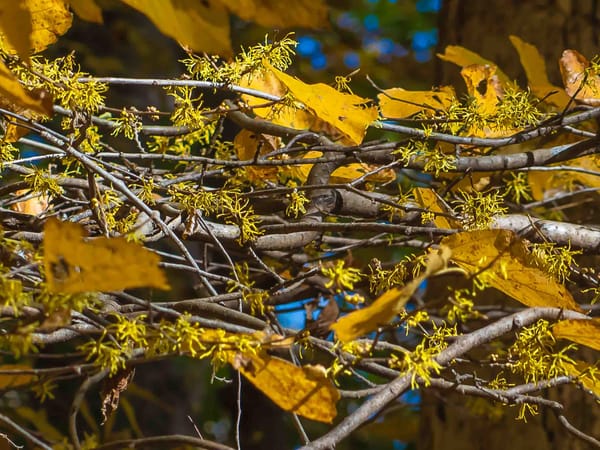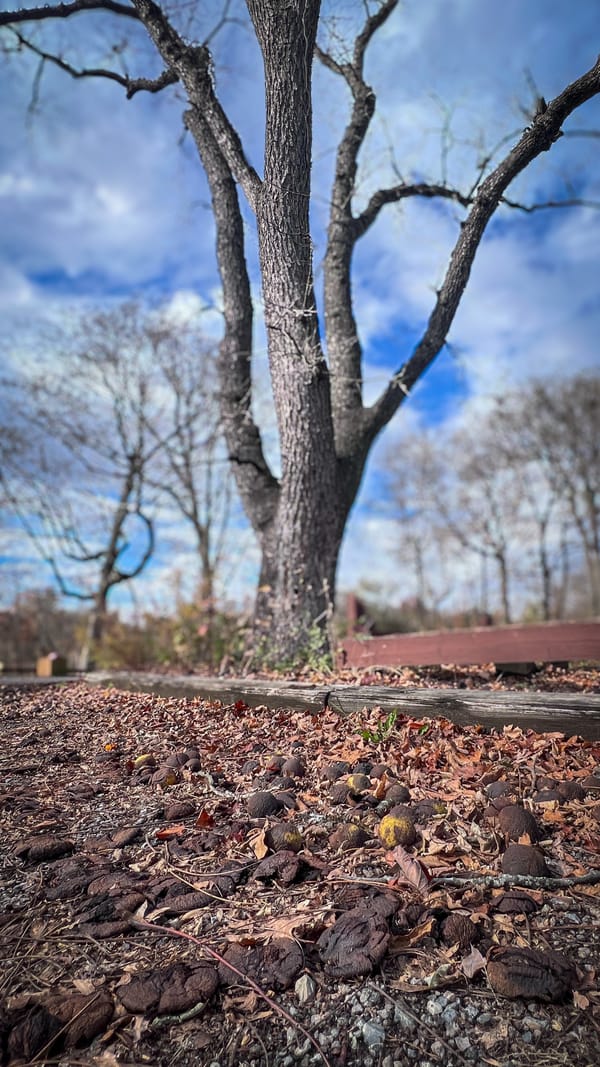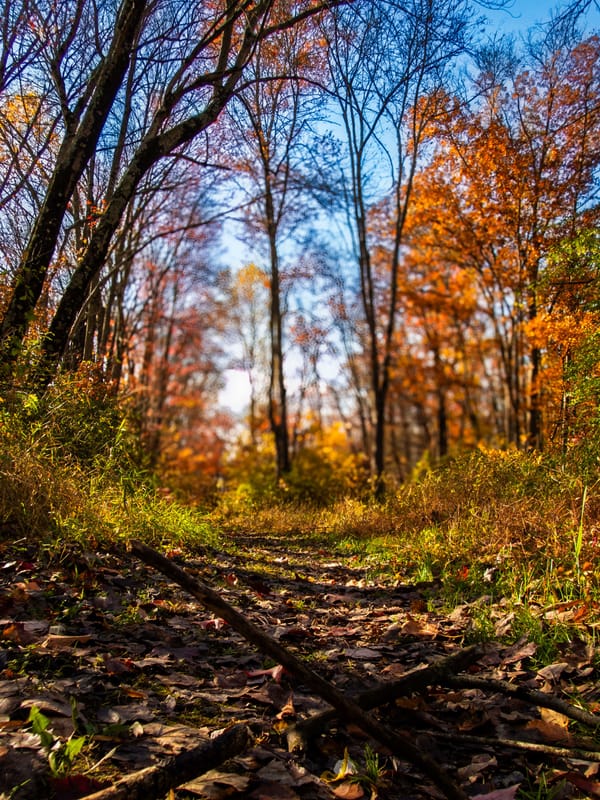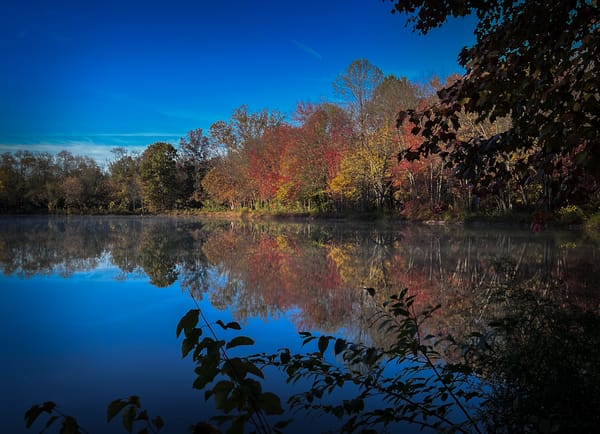Black Willow
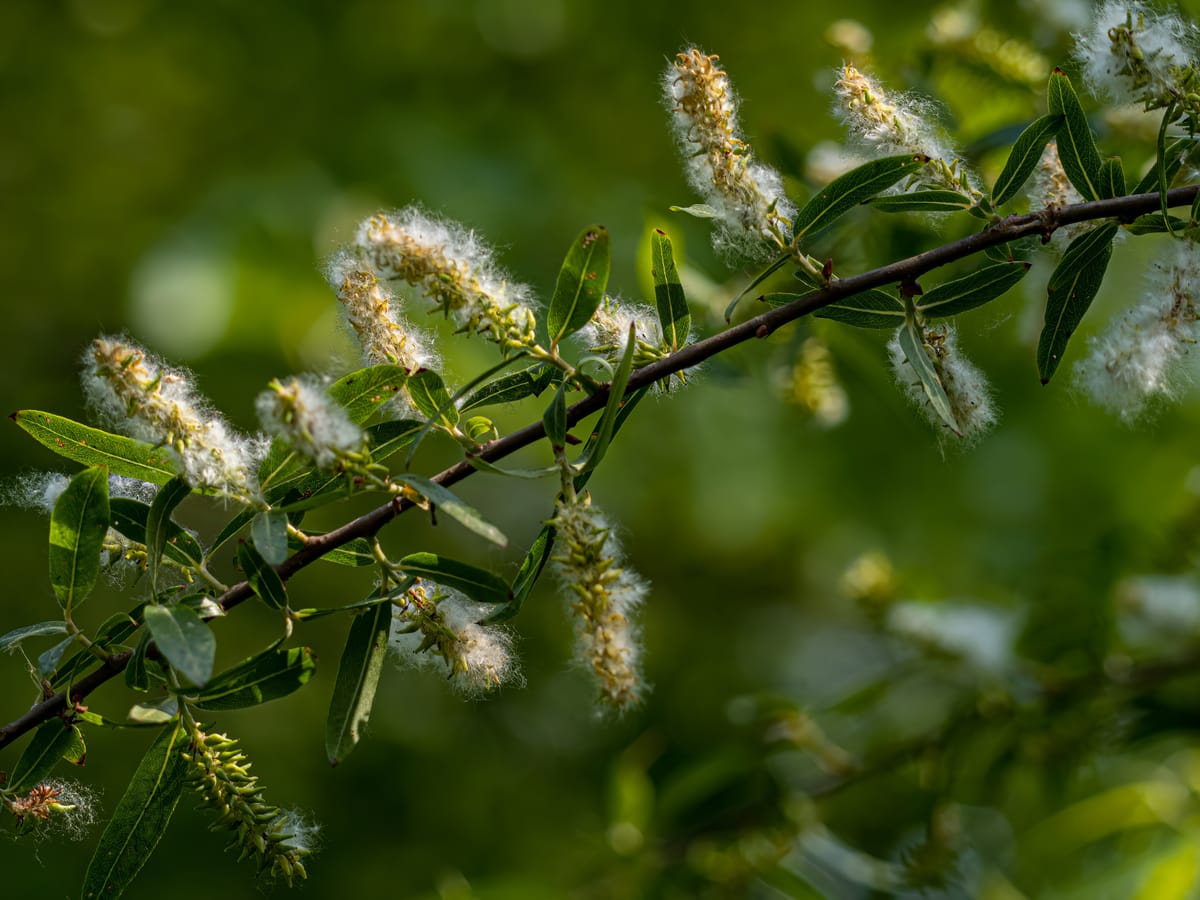
Before long the soft filaments of back willow (Salix nigra) seeds will be drifting through the park.
Black willows are so common we are likely to pass them by, but they are a vital part of the park ecosystem.
They grow in floodplains, stream banks, swamps, marshes, sloughs, and ponds in the Eastern United States, from Maine to Minnesota, south to Texas and Florida, and into adjacent parts of Canada and Mexico.
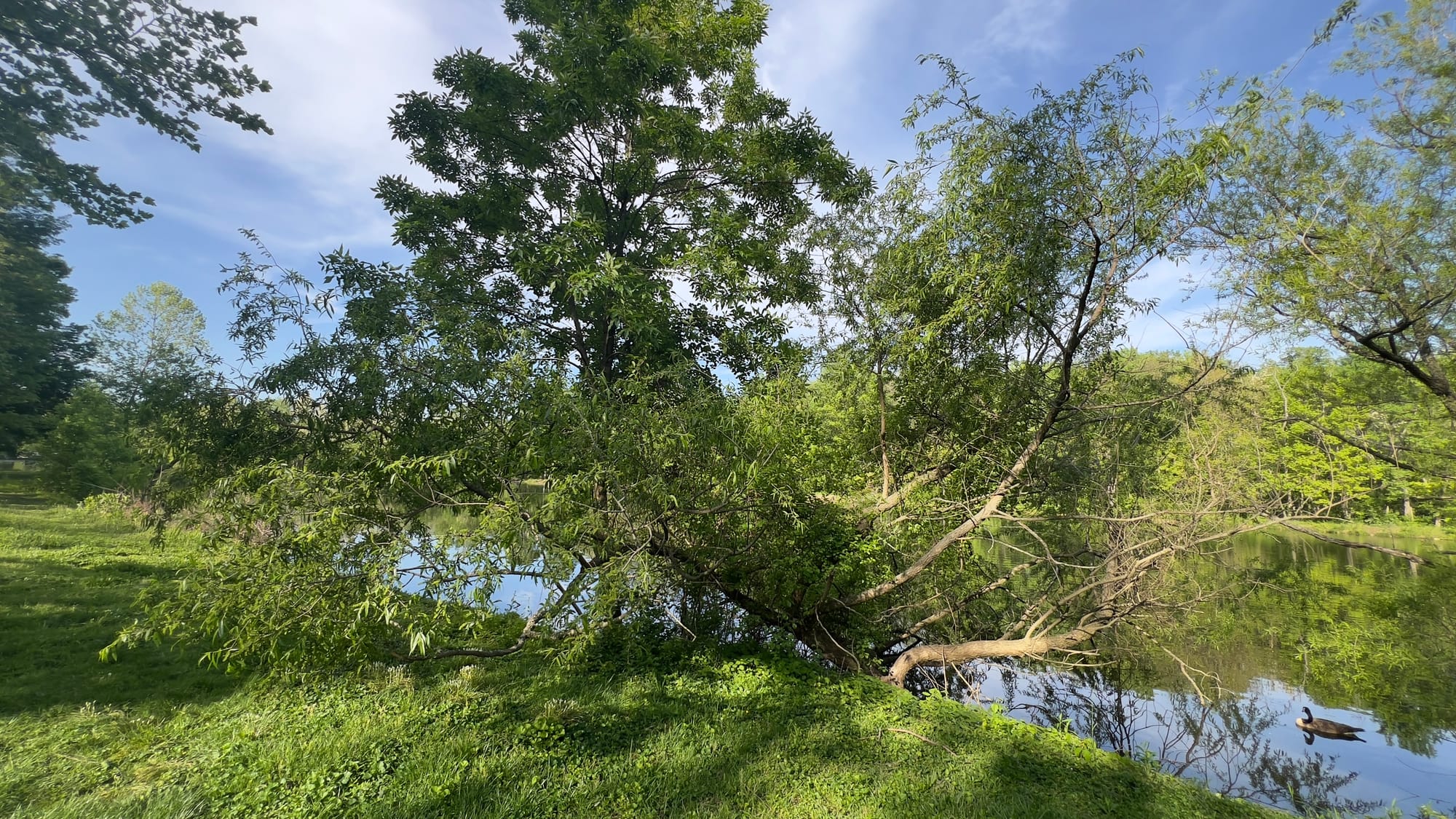
The black willow is a fast-growing tree, typically reaching 30-80 feet in height with a rounded, uneven crown and several curved trunks. It's happy in wide range of environmental conditions, flourishing in full sun or shade, and tolerating both flooded and damp soils.

Black Willows are dioecious (male and female flowers grow on separate trees). Catkins (elongated, spike-like clusters) hold the flowers.
Male catkins are crowded with flowers each having 4 to 6 yellow-tipped stamens. The slender Female catkins feature bottle-shaped flowers.
Pollinated female flowers become reddish-brown capsules containing numerous tiny seeds with long hair-like or cottony structures (comas) that facilitate wind dispersal much like dandelions.
Black Willow seeds need moist, bare mineral soil to germinate and grow rapidly, up to four feet in the first year. Their shallow, spreading roots stabilize soil and control erosion.
Black willow flowers are an important source of nectar for native bees. This tree serves as a host plant for many butterfly and moth species, including the mourning cloak, viceroy, red-spotted purple, and tiger swallowtail. By attracting insects, the black willow also draws in insectivorous birds.
Deer, rabbits, birds, and rodents browse on the bark, tender twigs, buds, and leaves of the black willow. The yellow-bellied sapsucker feeds on its sap. Birds consume the buds and flowering catkins.
Black willow branches provide shelter for basking turtles, fishing perches for Green Herons, and sheltered nesting habitat for birds. Hummingbirds, yellow warblers, and Blue Gnatcatchers line their nests with the soft fluff from black willow seeds

